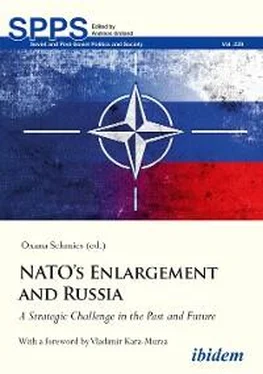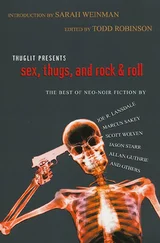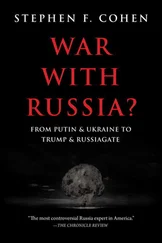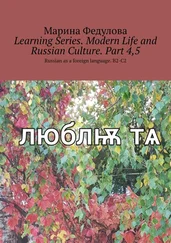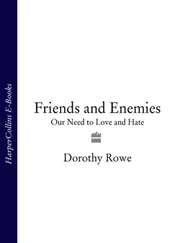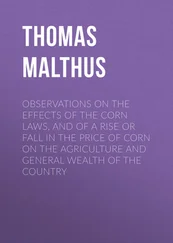During those hours, hundreds of millions of people in the northern hemisphere would be killed, and everything created by human civilization in the last thousand years would be destroyed. The direct effects would be irreversible, and the secondary effects would likely kill the rest of the world’s population within a number of years, or at least send the remaining population back into a prehistoric existence. The prevention of nuclear war is an indispensable condition for the survival of human civilization, and it is inextricably linked to the concepts of nuclear deterrence, strategic stability, nuclear disarmament, and nonproliferation.
It might seem that all of the above goes without saying, and that all of this has long been accepted both in theory and practice by politicians, military leaders, civilian experts, and the enlightened public of the world’s advanced nations. Over the past three decades, the nuclear arsenals of Russia and the United States have been reduced substantially—both in terms of the number of warheads and in terms of total destructive power. Yet despite all of this, the danger of nuclear war is today much greater than it was in the late 1980s.
In recent literature, much attention has been paid to factors that affect nuclear deterrence and stability from the outside: new missile defense systems, non-nuclear (conventional) high-precision long-range weapons, the influence of third and threshold nuclear states, space weapons, and—more recently—cyber threats. 3These new factors have pushed the core of nuclear deterrence—strategic relations between Russia and the United States—to the background in the public consciousness. Yet dangerous changes are taking place. This article examines the real and imaginary causes of the current situation and suggests potential ways to reduce tensions that could benefit international security.
The Genesis of Nuclear Deterrence
The philosophy of nuclear deterrence was born out of the symbiosis of the principle of military deterrence and the emergence of nuclear weapons. The first has thousands of years of history behind it. The latter appeared only in 1945. Intimidating an enemy with the threat of military force—to keep it from pursuing unacceptable actions or to force it into desired behavior—has long been considered a political and psychological function of armies and fleets before they enter into combat actions. Two and a half millennia ago, the Chinese founder of strategic military thinking, Sun Tzu, wrote: “To fight and conquer in all your battles is not supreme excellence; supreme excellence consists in breaking the enemy’s resistance without fighting. Therefore the skillful leader subdues the enemy’s troops without any fighting. With his forces intact he will dispute the mastery of the Empire, and thus, without losing a man, his triumph will be complete.” 4
The creation and use of the atomic bomb in 1945 did not immediately give rise to the idea of nuclear deterrence. At first, nuclear weapons were seen only as a new means of warfare, albeit one with unprecedented destructive power. According to official U.S. doctrine of “Massive retaliation” in the 1950s, the actual plan for the use of nuclear weapons—set out in the Pentagon’s first Single Integrated Operational Plan, or SIOP-62—called for quickly following any armed conflict with the Soviet Union by launching massive air strikes, conducted by 1,850 heavy and medium bombers that would drop 4,700 atomic and hydrogen bombs on cities and military installations across the Soviet Union, China, and their allies. 5According to the Pentagon, this attack would have resulted in 800 million casualties across the targeted and adjacent neutral countries. 6That figure was no less than one-third of the global population at the time.
The creation of Soviet nuclear weapons and intercontinental bombers—and later missiles, as delivery means—deprived the United States of its traditional territorial immunity behind two oceans, and forced the two sides to seriously reconsider their views on the relationship between the political and military roles of nuclear weapons. The idea of nuclear deterrence came to the forefront of U.S. military policy. Of course, it was based on real nuclear forces and operational plans for their use. This qualitative shift laid the foundation for formulating the philosophy that nuclear weapons play a predominantly political role, rather than a military one. At the same time, both roles demonstrate the classic law of Hegel’s dialectics on the unity and struggle of opposites (more on this below).
The Birth of the Concept of Strategic Stability
The origins of this concept lie in analytical developments of the late 1950s at the RAND Corporation. Its first author at the official level was Robert McNamara, who served as U.S. secretary of defense from 1961 to 1968. In 1967, in a sensational speech in San Francisco, he said: “We do not want a nuclear arms race with the Soviet Union, primarily because the action-reaction phenomenon makes it foolish and futile. Both of our nations would benefit from a properly safeguarded agreement first to limit, and later to reduce, both our offensive and defensive strategic nuclear forces.” 7
This logic was implemented a few years later in the 1972 Anti-Ballistic Missile (ABM) Treaty and the Strategic Arms Limitations Treaty(SALT I). These agreements did not stop the arms race, however. It was only constrained, but gained momentum in other areas of the nuclear balance and types of nuclear weapons.
The number of U.S. nuclear weapons peaked in the early 1960s at 32,000, before being reduced to 22,200 weapons with a total 20,000 megatons of destructive power by 1989. In the Soviet Union, by the end of the 1980s, the number of weapons reached a maximum of 30,000 with a total destructive potential of 35,000 megatons. Together, the two superpowers—which accounted for approximately 98 percent of the global nuclear arsenal—had accumulated a destructive power equivalent to about 3 million Hiroshima-class bombs.
But by the end of the 1980s, the Cold War was winding down, major changes were beginning to take place within the Soviet Union, and the absurd redundancies of accumulated nuclear capabilities became obvious to the ruling elite on both sides. That created a powerful impetus for negotiations on the deep reduction of nuclear weapons, culminating in radical treaties, such as the INF Treaty in 1987 and the first Strategic Arms Reduction Treaty (START 1) in 1991. Against this favorable backdrop, the concept of strategic stability became a legal norm.
That concept was formally invoked for the first and, unfortunately, last time in June 1990 in the Soviet-United States Joint Statement on Future Negotiations on Nuclear and Space Arms and Further Enhancing Strategic Stability. 8The concept was defined as a strategic relationship that eliminates the “incentives for a first nuclear strike.” 9To create this kind of relationship, future agreements on strategic arms limitations were to include a number of agreed-upon elements:
“the relationship between strategic offensive and defensive arms” (so that defenses cannot undermine the other side’s ability to retaliate);
“measures that reduce the concentration of warheads on strategic delivery vehicles” (so one missile armed with several warheads could not hit several enemy missiles at their bases carrying a much larger number of warheads); and
“giving priority to highly survivable systems” (so that they cannot be destroyed before launching a retaliatory strike).
This concept radically revised conventional wisdom. During the Cold War, each side ideologically perceived the enemy as an imminent aggressor, regardless of the specific content of its military doctrine or composition of its weapons arsenals. Now, both sides subscribed to the premise that a first nuclear strike is an act of aggression, no matter which state committed it. The basic assumption was that the goal of a first strike was to prevent or substantially weaken the retaliatory potential of the enemy by defeating its strategic forces at their starting positions, and to mitigate the impact of surviving weapons with ballistic missile defenses (BMD).
Читать дальше
